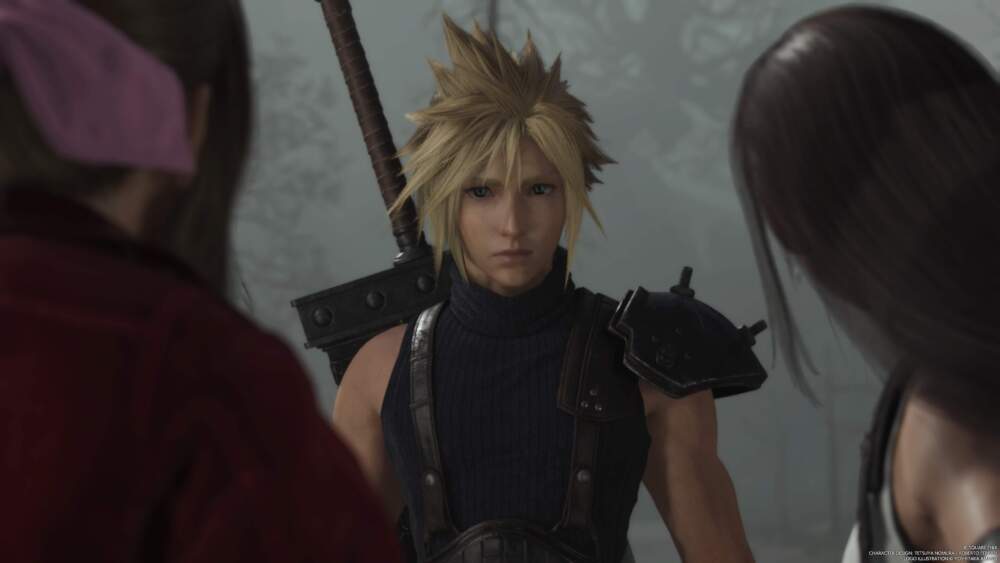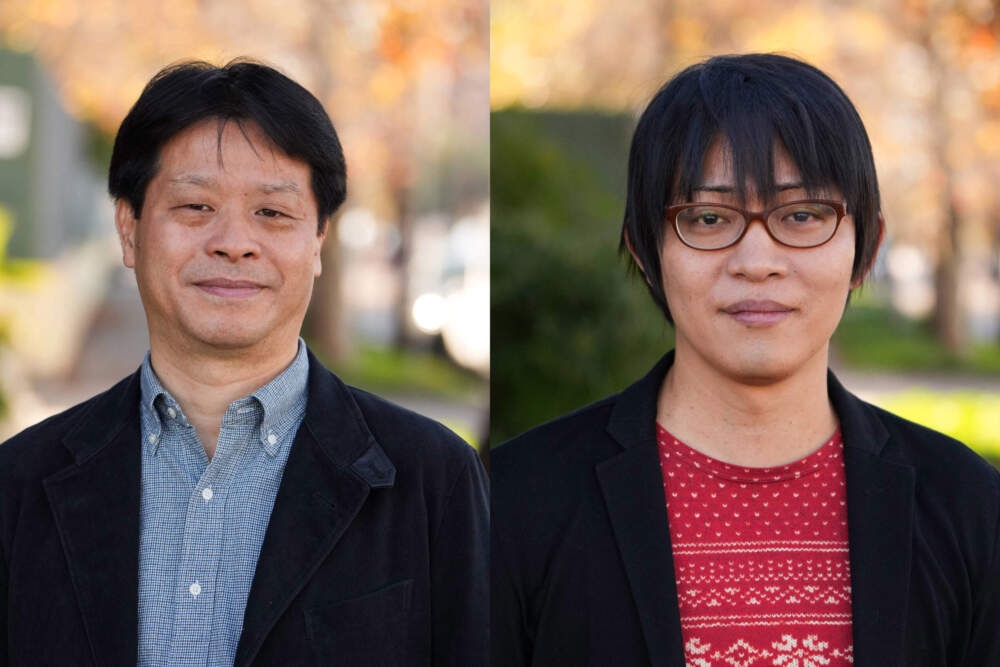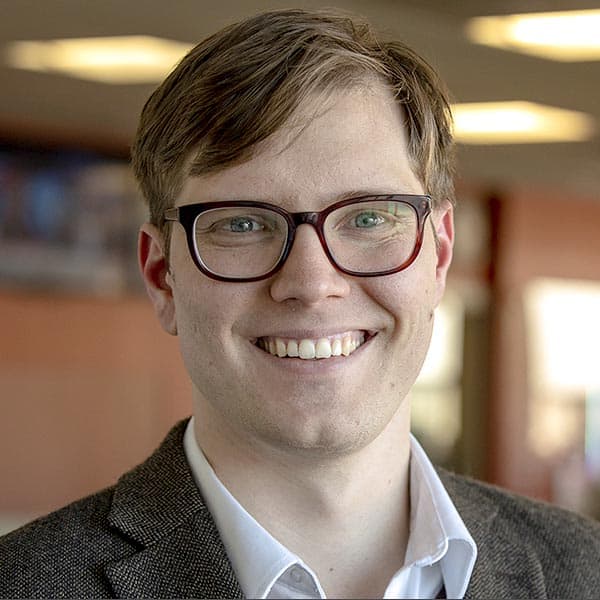Advertisement
How ‘Final Fantasy 7 Rebirth’s creators adapted a classic 1997 game into a modern blockbuster
Resume
“Final Fantasy 7 Rebirth” comes out Thursday.
The PlayStation 5 exclusive is the second in a trilogy remaking a 1997 game that revolutionized the industry. But it’s telling the familiar tale in new ways.
“We consider the original story to be the fate of the characters,” says Yoshinori Kitase, “Final Fantasy” series producer who made the 1997 game. “The question of how the protagonists will fight against that fate and how they will face it is a new theme unique to the remake series.”
Sometimes the game hews close to the original plot; sometimes it strays. Situations that happened later in the story subtly morph and occur earlier. Events that took minutes in the first game can stretch to fill hours. “Rebirth” plays more like a remix than a pure remake — and that extends to how it approaches the central character, Aerith, whose destined path takes new twists and turns.
The game also teems with spectacles and diversions that 1997 hardware couldn’t support, from its massive open world to its dozens of intricate minigames to its frequent dramatic scenes that drip with lush, cinematic animation.
These technological advances enabled “Rebirth” director Naoki Hamaguchi to draw out details lost in the original’s blocky polygons and static environments for a 2024 audience.
“Even for parts where the story isn’t largely changed,” says Hamaguchi. “I believe it's very important for this remake project that players can enjoy newly discovering how various parts of the story were meant to be expressed in the original.”

5 questions about “Rebirth”
What specific things were you excited to update? Where did your vision get truer in Rebirth than in the original?
Yoshinori Kitase: “I think compared to the original, the way players will perceive the story won’t be just in a singular manner, but in a way that creates greater variables in the way each of our players will perceive it.
“So, my intention as well was to provide a more subtle and detailed expression that would foster more diversity in the way people perceive the story, rather than a sort of one-sided interpretation based on the digital and more highly exaggerated expressions of the original.”
When it comes to experiencing this multi-layered story, how does the open world give players more ways to understand or experience your storytelling?
Naoki Hamaguchi: “When I reflect on this vast potential of a new ‘Final Fantasy’ series however, in these years of development, I’ve felt the need to continue to pursue the kind of game design that allows the players to feel even more involved, while still keeping with the narrative-driven experience.
“‘Rebirth’ is a game where the adventure unfolds throughout the world map, so we are not only talking about creating the main story, but also preparing more side content for the world map so that users who want to fully enjoy this worldview can expand their play to the vast world.
“This allows for players to select whether they would like to play the main story or pursue the side stories, so one can feel that they are choosing to engage in the main story rather than being made to just play it. In this way, I feel that ‘Rebirth’ is one type of answer to the question of how to deliver a new ‘Final Fantasy’ game experience to players.”
Even though the series redefines itself constantly, what really makes a “Final Fantasy” game a “Final Fantasy” game?
Kitase: “To be honest, I don't really define it that much. Considering that the ‘Final Fantasy’ mainline series has been around for a while now, with 16 titles to date, and within those 16 titles, there's an image that has already been formed to some extent, rather than focusing on preserving something in the work, or defining a certain characteristic, my hopes for the spirit of production is for the creators entrusted with these new titles to create something that isn't bound by that image, something that breaks free from any existing notions.”
How many mini-games are there and which are your favorites?
Hamaguchi: “I haven’t counted the exact number of minigames, but we’ve for sure designed over 30. As for my favorite minigame, I think the card game ‘Queen’s Blood’ is one that’s highly strategic and will be fun to play for many players. It’s not just a minigame, but there’s also a story around it as well, and as you continue to play more matches, you’ll be able to discover the origins of the card game and have a deeper enjoyment of the stories behind them, so I think it’s a very well-made game in that respect.”
What have been your most fruitful disagreements? Where were you on opposite sides of a particular game design question and you came to a really good compromise?
Hamaguchi: “For ‘Rebirth,’ well, it's the second title, so in that sense, Kitase has left more things up to me, and there was no real disagreement between us in that regard, but from when we started working on ‘Rebirth,’ he had asked me to take special care in expressing how mako is supplied to the world and how they fit into this worldview, especially within the cities, and the world map as well, like depicting the mako supply pipe from Midgar to Kalm in the Grasslands.
“He had also mentioned to us that we should include a setting that would allow us to understand the setup of mako, so our team was aware of this from the very beginning and we designed the game with it in mind. Kitase-san, how did you like it once you actually played it?”
Kitase: “[laughs] Well, I think it's good. In the original, that part of the story wasn't fully depicted, so I think we were able to do that well in this title.”
This segment aired on February 28, 2024.
